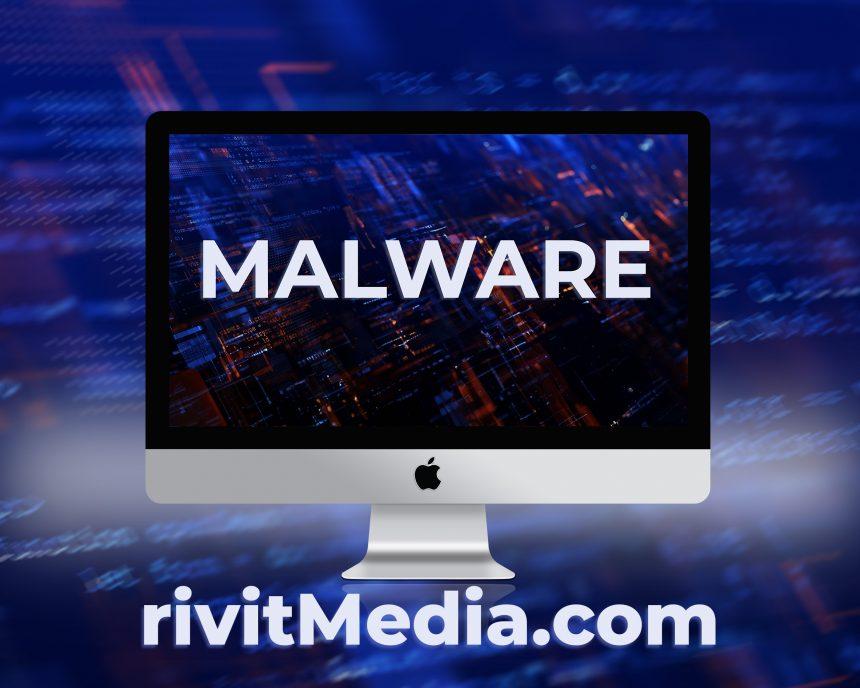In recent years, cyber threats have become increasingly sophisticated, targeting a wide range of devices, including macOS systems, which were once considered relatively safe from such attacks. One of the latest threats to emerge is the Todoswift malware, a particularly insidious piece of software that can wreak havoc on your Mac. This article will delve into the nature of the Todoswift malware, exploring its actions, consequences, and how you can protect your system. We will also provide a comprehensive removal guide to help you eliminate this threat from your computer, along with advice on preventing future infections.
Understanding the Todoswift Malware
The Todoswift malware is a type of Mac malware that, once installed, can perform various malicious activities on your system. This malware often infiltrates a computer through deceptive methods such as bundled software, malicious email attachments, or compromised websites. Once on your Mac, Todoswift may alter system settings, redirect web browsers, display intrusive advertisements, or even steal sensitive information.
Actions and Consequences
The actions of the Todoswift malware can be particularly damaging:
- System Alterations: Todoswift may change various system settings without your consent. This includes modifying browser settings to redirect your searches or altering your homepage, making it difficult to revert to your preferred settings.
- Data Theft: One of the most concerning aspects of Todoswift is its potential to steal personal data, such as login credentials, financial information, and other sensitive details. This data can then be sold on the dark web or used for identity theft.
- Performance Issues: The malware can cause significant performance degradation on your Mac, leading to slower response times, frequent crashes, and unresponsiveness. It may also consume excessive system resources.
- Unwanted Advertisements: Todoswift often generates intrusive ads, pop-ups, and banners, which can disrupt your browsing experience and may lead to further infections if clicked.
Detection Names
Different cybersecurity companies may identify the Todoswift malware under various names. Some common detection names include:
- OSX.Todoswift
- MacOS/Todoswift.A
- Mac.Trojan.Todoswift
- OSX/Todoswift.Malware
Similar Threats
Todoswift is not the only malware targeting macOS systems. Other similar threats include:
- OSX/Shlayer: A prevalent Mac malware that spreads via fake Adobe Flash Player updates and adware bundling.
- OSX/Genieo: A persistent adware that hijacks browsers and tracks user activity.
- OSX/Pirrit: A notorious adware variant that injects ads and redirects into a user’s browsing experience.
Removal Guide for Todoswift Malware
If you suspect your Mac is infected with Todoswift, follow this detailed guide to remove the malware completely:
Step 1: Disconnect from the Internet
To prevent further communication between the malware and its control server, disconnect your Mac from the internet. This can be done by turning off Wi-Fi or unplugging the Ethernet cable.
Step 2: Boot into Safe Mode
Boot your Mac into Safe Mode to prevent the malware from loading during startup:
- Shut down your Mac.
- Turn it back on while holding the Shift key until you see the login screen.
- Release the Shift key and log in.
Step 3: Locate and Remove Malicious Files
- Open Finder and navigate to Applications.
- Look for any suspicious applications that you do not recognize or remember installing. Drag these to the Trash.
- Next, go to Library > LaunchAgents and Library > LaunchDaemons.
- Look for any files with suspicious or unfamiliar names related to Todoswift (e.g., com.Todoswift.plist) and move them to the Trash.
- Empty the Trash to permanently delete these files.
Step 4: Remove Todoswift from Browser Settings
Safari:
- Open Safari and go to Safari > Preferences.
- Click on the Extensions tab and look for any unfamiliar extensions. Select them and click Uninstall.
- Next, go to the General tab and check the homepage and search engine settings. Reset them to your preferred choices if they have been altered.
Google Chrome:
- Open Chrome and click on the three dots in the upper right corner.
- Go to More Tools > Extensions and remove any suspicious extensions.
- Click on Settings and scroll down to the On startup section. If you see a suspicious URL, click Remove.
- Scroll down further to the Search engine section and reset it to your preferred search engine.
Mozilla Firefox:
- Open Firefox and click on the three horizontal lines in the upper right corner.
- Go to Add-ons and remove any unfamiliar extensions.
- Next, go to Options and check the homepage and search engine settings. Reset them if necessary.
Step 5: Scan Your Mac with SpyHunter for Mac
Even after manual removal, remnants of the malware could remain on your system. To ensure complete removal, download and install SpyHunter for Mac, a trusted anti-malware tool that can detect and eliminate Todoswift and other threats. Run a full system scan and follow the prompts to remove any detected threats.
Step 6: Update Your macOS and Applications
Keeping your macOS and applications up to date is crucial for protecting your system from the latest threats. Go to the Apple menu > System Preferences > Software Update and install any available updates.
Best Practices for Preventing Future Infections
Preventing malware infections is an ongoing process. Here are some best practices to protect your Mac in the future:
- Avoid Downloading from Untrusted Sources: Only download software from official websites or the Mac App Store. Avoid downloading cracked software or clicking on suspicious links.
- Use a Reliable Anti-Malware Tool: Regularly scan your system with SpyHunter for Mac to detect and remove threats before they can cause harm.
- Be Cautious with Email Attachments: Do not open attachments from unknown senders or click on links in unsolicited emails.
- Enable Firewall and Security Features: Make sure your Mac’s firewall is enabled, and utilize built-in security features such as Gatekeeper.
- Regularly Back Up Your Data: Use Time Machine or another backup solution to keep your data safe in case of a malware attack.
Conclusion
The Todoswift malware is a serious threat to macOS users, capable of causing significant damage to your system and compromising your personal information. By following the detailed removal guide provided above and adopting best practices for cybersecurity, you can protect your Mac from current and future threats. Remember, using a trusted anti-malware tool like SpyHunter for Mac is essential in maintaining the health and security of your system. Download SpyHunter today and start scanning your Mac for free to ensure it is free from malware.





